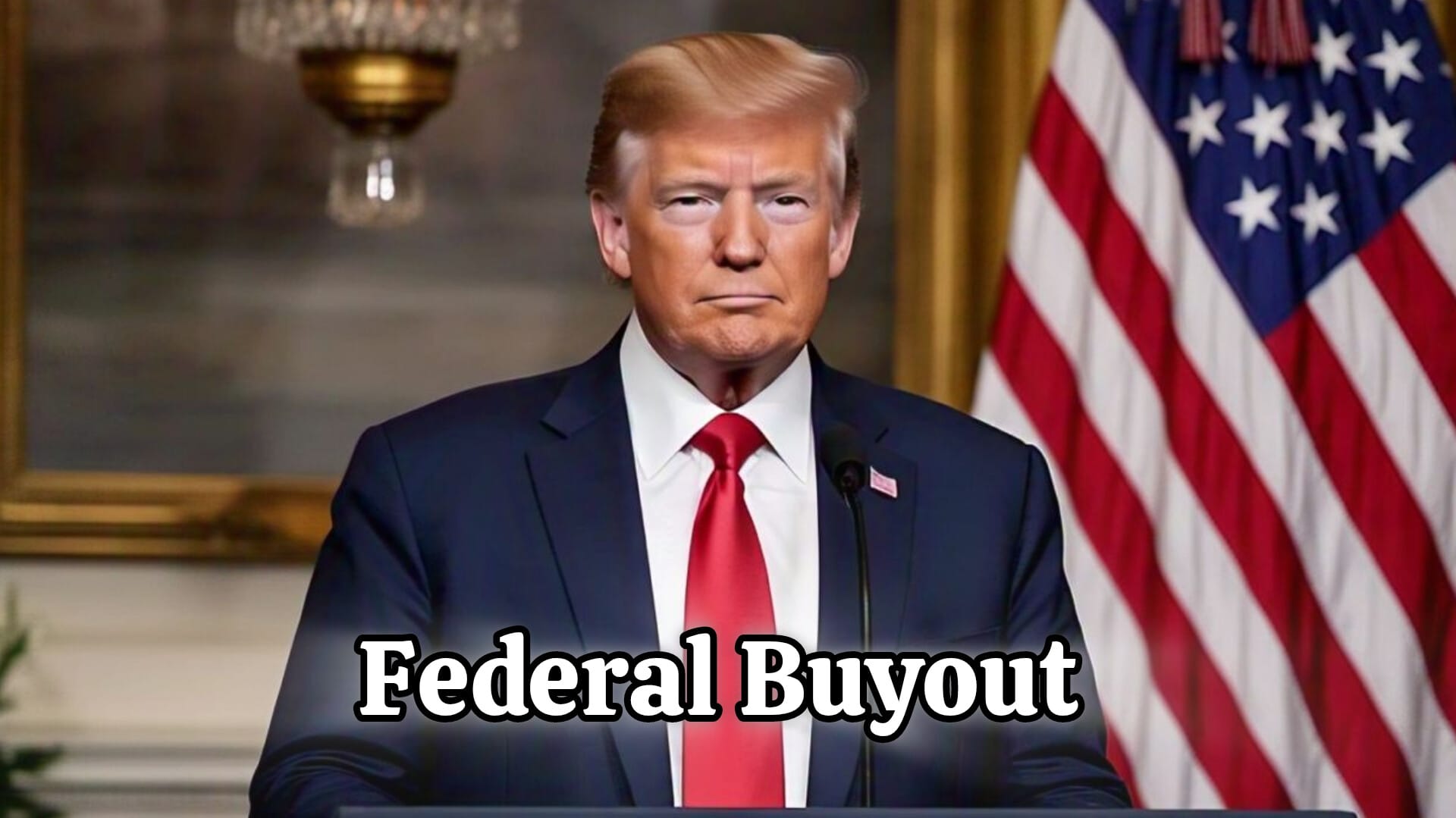Trump Tariffs on China and Mexico
Trump’s Tariffs on China and Mexico Economic Impact and Trade Strategy:
During his presidency, Donald Trump implemented a series of tariffs on Chinese goods and Mexican imports as part of his broader trade war strategy aimed at addressing trade imbalances and protecting American industries. These tariffs were meant to target what Trump considered unfair trade practices by both China and Mexico, with significant implications for the global supply chain, consumer prices, and international relations.

China Tariffs: Trade War with China
The U.S.-China trade war escalated in 2018 when Trump imposed tariffs on over $250 billion worth of Chinese imports. The primary goal was to address intellectual property theft, forced technology transfer, and unfair trade practices that Trump believed harmed U.S. companies. The tariffs, including duties on steel, aluminum, and a wide range of consumer goods, were designed to pressure China into complying with U.S. demands for trade reform.
Trump’s tariffs aimed to reduce the U.S.-China trade deficit, but they also led to higher prices for consumers. American businesses that relied on Chinese imports faced significant cost increases, especially in sectors like electronics, clothing, and machinery. Many companies sought alternative suppliers in Southeast Asia to avoid tariffs on Chinese products, disrupting global supply chains and altering international trade dynamics.
In 2020, both the U.S. and China signed a phase-one trade deal, which resulted in China agreeing to purchase more U.S. goods, but many tariffs remained intact as leverage for future negotiations. This trade agreement helped to stabilize relations but left many tariffs in place, continuing the economic tension between the two countries.
Mexico Tariffs: U.S.-Mexico Trade Relations
Trump’s tariffs on Mexican goods were not just about trade imbalances but also aimed at addressing illegal immigration. In 2019, Trump threatened to impose a 5% tariff on all Mexican imports unless Mexico took stronger measures to stop the flow of migrants to the U.S. southern border. The tariffs, if imposed, would have affected U.S.-Mexico trade heavily, particularly in sectors such as automobiles, electronics, and agriculture.
In response, Mexico agreed to bolster border security, deploying the national guard to curb migration. The U.S. suspended the tariffs after Mexico made these commitments, and the two countries, along with Canada, finalized the USMCA trade deal. This agreement replaced the outdated NAFTA and modernized trade relations between the three countries, though the threat of tariffs created uncertainty in U.S.-Mexico trade.
Economic Impact of Trump’s Tariffs
The implementation of Trump’s tariffs on China and Mexico resulted in both positive and negative effects. On one hand, the tariffs put pressure on China to engage in trade negotiations and make economic concessions, which was a key part of Trump’s strategy to achieve a fairer trade balance. On the other hand, the tariffs led to higher costs for U.S. consumers and disrupted global supply chains. Industries that relied on Chinese imports and Mexican manufacturing saw increased production costs, leading to higher prices on a range of goods, from electronics to clothing.
The trade war with China also had broader implications for global markets, as businesses faced uncertainty and adjusted their supply chains to minimize tariff impacts. Countries heavily involved in trade with both the U.S. and China, like those in Southeast Asia, experienced disruption as businesses sought to avoid tariffs and reconfigure their production strategies.
Trump’s Tariffs on China and Mexico
Trump’s tariffs on goods from China and Mexico reshaped U.S. trade policy and had lasting effects on the global economy. While the tariffs achieved some of Trump’s goals, such as encouraging trade reform and pressuring China and Mexico to comply with U.S. demands, they also led to higher consumer prices, disrupted global supply chains, and caused economic uncertainty. The U.S.-China trade war and the USMCA deal with Mexico were pivotal moments in Trump’s presidency, marking a shift toward protectionist trade policies and a focus on domestic industries. The full economic impact of these tariffs continues to be debated, but they undeniably influenced trade relations for years to come.
Major Tech Earnings Reports 2025: Amazon, Google, Apple …
Related Queries:
Q1: What are Trump’s tariffs on China?
A1: In 2018, President Donald Trump imposed tariffs on over $250 billion worth of Chinese imports as part of his trade war strategy. The goal was to address issues such as intellectual property theft, unfair trade practices, and the trade imbalance between the U.S. and China. These tariffs affected a wide range of consumer goods, including electronics, clothing, and machinery, leading to higher prices for U.S. consumers and disrupting global supply chains.
Q2: How do Trump’s Tariffs on China and Mexico affect U.S. consumers?
A2: Trump’s tariffs on Chinese goods have had a significant impact on U.S. consumers. The tariffs led to higher prices on everyday items like electronics, clothing, and appliances. Many U.S. businesses that imported products from China were forced to pass on the increased costs to consumers. While the tariffs aimed to reduce the trade deficit with China and protect American jobs, they also resulted in inflationary pressure, affecting the purchasing power of consumers across the U.S.
Q3: What is the U.S.-China trade war, and how does it affect global trade?
A3: The U.S.-China trade war started in 2018 when the U.S. imposed tariffs on Chinese imports. China responded with tariffs on American goods, leading to a series of economic tensions between the two countries. The trade war has had a ripple effect on global trade, as countries dependent on trade with both the U.S. and China were caught in the crossfire. Global supply chains were disrupted, and multinational companies were forced to adjust their production strategies to mitigate the effects of the tariffs. The trade war contributed to uncertainty in the global markets.
Q4: Why did Trump impose Tariffs on China and Mexico, and what was the impact?
A4: In 2019, President Trump threatened to impose a 5% tariff on all Mexican imports to pressure Mexico to take stronger action to address illegal immigration and prevent migrants from crossing into the United States. Mexico agreed to deploy its national guard and take other measures to curb the flow of migrants, which led to the suspension of tariffs. However, the threat of tariffs created uncertainty in U.S.-Mexico trade relations, particularly in industries like automobiles and agriculture.
Q5: What was the USMCA, and how did it replace NAFTA?
A5: The USMCA (United States-Mexico-Canada Agreement) replaced the North American Free Trade Agreement (NAFTA) and updated trade rules between the three countries. The agreement was signed in 2019 as a result of Trump’s renegotiation efforts. It aimed to modernize trade relations, increase U.S. exports, and address issues like labor rights and intellectual property. The USMCA was seen as a win for American manufacturers, particularly in the automobile industry. However, the deal also included provisions to keep tariffs in place on certain products to encourage compliance from Mexico and Canada.
Q6: How did Trump’s Tariffs on China and Mexico affect U.S. businesses?
A6: Trump’s tariffs on Chinese goods and Mexican imports created significant challenges for U.S. businesses, particularly those relying on global supply chains. Many companies faced higher production costs due to the increased tariffs on imported materials and finished goods. To mitigate these costs, some businesses moved their production to other countries or sought new suppliers outside of China and Mexico. This disrupted global trade relationships and caused uncertainty in industries like electronics, automobiles, and consumer goods.
Q7: What is the phase-one trade deal between the U.S. and China?
A7: In January 2020, the U.S. and China signed a phase-one trade deal, which was a partial agreement aimed at de-escalating the trade war. As part of the deal, China committed to purchasing an additional $200 billion worth of U.S. goods over two years, including agriculture and manufactured products. In return, the U.S. agreed to reduce some tariffs but maintained higher tariffs on many Chinese goods. The deal was viewed as a step towards resolving the trade tensions between the two countries but did not address all of the issues related to intellectual property or industrial policy.
Q8: What are the long-term effects of Trump’s tariffs on the U.S. economy?
A8: The long-term effects of Trump’s Tariffs on China and Mexico are still being debated, but several key outcomes have emerged. While the tariffs were intended to protect American jobs and reduce the trade deficit, they also led to higher costs for businesses and consumers. Some industries, like manufacturing, saw short-term benefits, but many others faced challenges due to disrupted supply chains and higher production costs. In the long run, the U.S. economy may see a shift in trade patterns, with businesses adjusting to new markets outside of China and Mexico.
Top 10 Proven Strategies for Health and Financial Success:
Follow :

Also check out:



